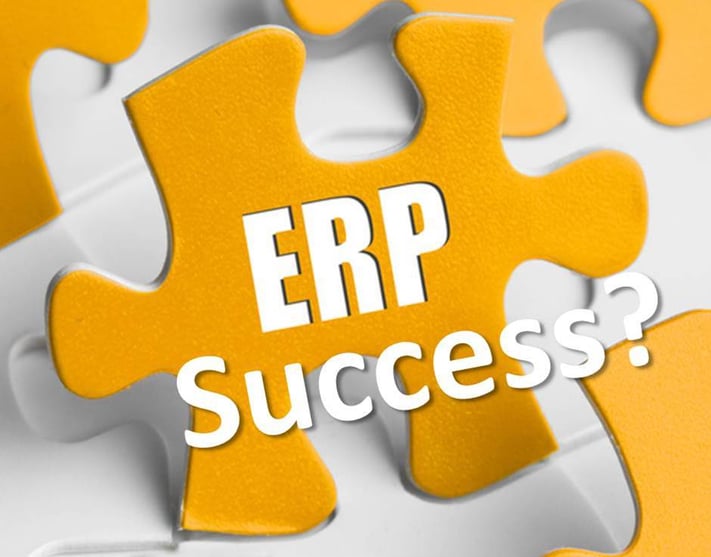Increasing speed to respond more quickly, accurately, and to create value towards customer demands is a key objective that every manufacturer wishes to achieve. So how can speed affect the value chains as a basis to create value? Analysis has shown that speed can only increase values if these requirements are met.

Values of Speed in ERP Implementation
1. Business goals, objectives are closely aligned with the value chains processes
Goals and objectives are strategically aligned with the four performance perspectives: Financial, Customer, Internal and Learning and Growth.
An example of this alignment is to be able to reduce the time needed to provide customers with a pricing sheet - MTO from a period of several months to a few weeks, which is not an easy task. Accordingly, the ecological relations were established to achieve the alignment
a) Technical drawing and product configuration
b) Component, materials structure and operation steps
c) Cost of production engineering and production standard
d) Supply-demand and capacity of vendors
e) Production resources capacity and levels of inventory
f) S&OP trade-off and consensus plans
2. Resources in which the alignment was established have to be overseen by goals and output measures
Enterprise resources vary from customers, suppliers, products, materials/components and all should be visible in their relationships and value chains that are engineered for them.
3. The MTO process is designed to create values based on these resources
Once resources are visible, the mounting process will lead us to all the value chains process and progress on these processes.
4. Output measures managed by jobs, process steps and process levels
Output measures predetermined through indicators linked to objectives set forth in Item (1) to three performance measures M1 (Process), M2 (Process steps) and M3 (Job).
5. Workbench indicators
Indicators for monitoring, evaluating and foreseeing gaps of the alignment that takes time to turn lag indicators into goal ones referred to Item (4) which can promote the values. These indicators help assess and react quickly to MTO processes if they deviate to predefined goals.
6. Timely & accurately data capture
Information and status exchanges of MTO processes can be activated and monitored through in-context BI.
7. Structured workflows
The collaborative process to connect competence, talent and skills to perform highly important goals in MTO processes and connect, get responses on a timely basis from Partners: Employees, Customers, and Vendors.
8. Risks alerts
Potential risks on the measure are set from across MTO processes and through statuses of process steps and jobs.
9. Indicators, measures and scales assessment through analysis tools
Once all factors above are implemented and evaluated seriously, the analysis tool and final assessment provide the ability to analyse and adjust the strategy of the long-term business.
Subscribe to our Blog or request a software demo today and find out how we can help your business.
 English
English  Vietnamese
Vietnamese 


